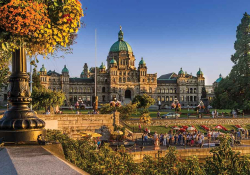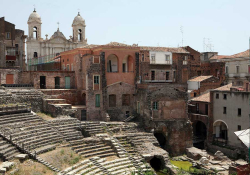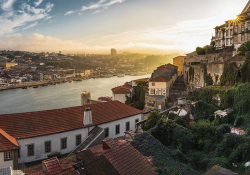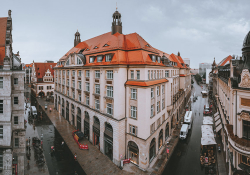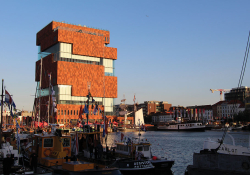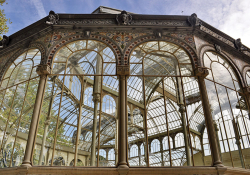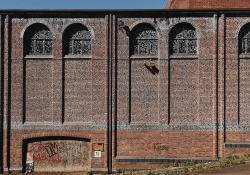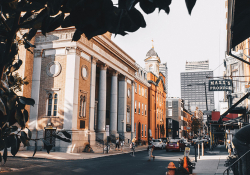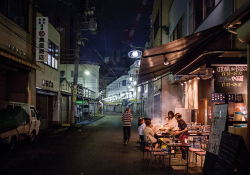Bodhgaya, India
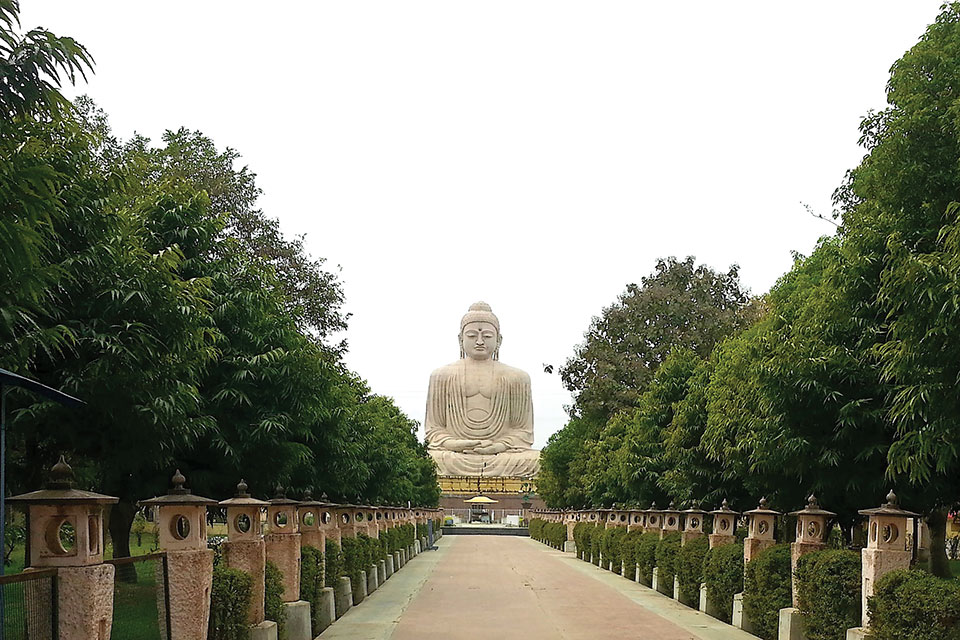
HOW FORTUNATE IT IS to be born in a small town in the eastern state of Bihar, India, I learned only when I once went to seek the blessings of a highly spiritual Tibetan Buddhist monk, Khamtrul Rinpoche, in my hometown, Bodhgaya. The Rinpoche held my hand and said, “You are already blessed to be born in a place where the Buddha got enlightenment.” Then he wrote a prayer for me in the Tibetan language in a book, Meaningful to Behold, which was translated into English by one of his disciples and read: “A prayer, that you quickly attain the state of enlightenment, through never being separated from the holy Dharma from lifetime to lifetime.”
Yes, Bodhgaya is the land of the Buddha, Dharma, and Nirvana. It is a part of the Gaya district located on the bank of Falgu, known as Niranjana River during the Buddha’s time. Gaya, named after the great demon Gayasur, literally means “gone” and also echoes the essence of the Heart Sutra: Gate, Gate, Paragate, Paasamgate, Bodhi, Svaha (meaning, “O Bodhi, gone, gone, gone to the other shore, landed at the other shore, Svaha”). Gaya has attracted spiritual energies for centuries. It is known as the land of Vishnu, Jain Tirthankaras, and Sufi saint Hazrat Ata Hussain Fani. All major religions have flourished here. We find references to Gaya in the Rigveda, Varaha Purana, and in the great epics Ramayana and Mahabharata. It is also mentioned in the travel accounts of Faxian and Xuanzang, who came to Magadha, an important destination of the Silk Routes.
Bodhgaya, once a laid-back town, has now morphed into a modern suburban city welcoming millions of tourists every year. One can fly to Bodhgaya from all major Indian cities or get there by bus or train. All Buddhist countries have their temples and monasteries there. A first-time visitor to Bodhgaya may get a feel of being in an East Asian country, but within a few miles’ radius, one can also see how the city has preserved its centuries-old history and its own unique presence.
But Bodhgaya is not only about going to the temples, seeing the museum, shopping at the local Tibetan markets, and enjoying Indian, Chinese, and Tibetan food. You do not want to miss out on hiking the Brahmayoni Hill, where the Buddha gave the famous Fire Sermon to a thousand bhikkhus, and the Barabar Caves, the ancient dwellings of Buddhist monks (featured as fictional Marabar Caves in A Passage to India, by E. M. Forster). You might also like to walk on the bank of Falgu River, which has endured the Curse of Sita and flows undercurrent; visit Root Institute, Magadh University; and, most important, enter the Mahabodhi Temple, originally built by the emperor Ashoka in the third century BCE. There, you can find some quiet time to sit and meditate under the Bodhi tree, where the Buddha attained nirvana and proclaimed in his verses:
Through the round of many births I roamed / without reward, / without rest, / seeking the house-builder. / Painful is birth / again and again. / House-builder, you’re seen! / You will not build a house again. / All your rafters broken, / the ridge pole destroyed, / gone to the Unformed, the mind / has come to the end of craving.
Visiting Bodhgaya is like coming home, as it reminds you to return to yourself.
Author note: Heart Sutra’s translation from the Sacred Texts. The Buddha’s verses from the Dhammapada, translated by Thanissaro Bhikkhu. The Fire Sermon is mentioned in The Waste Land (III), by T. S. Eliot.

